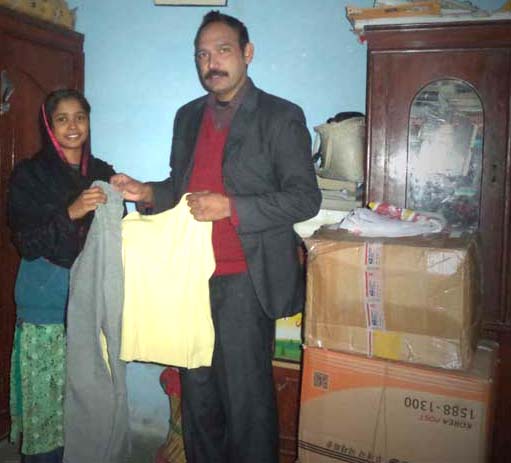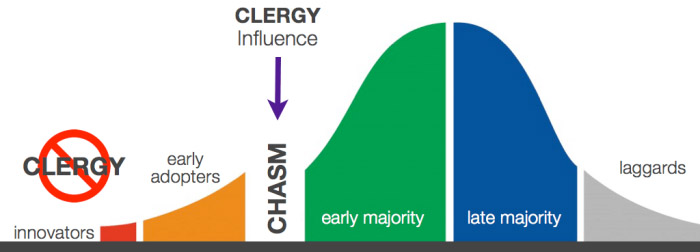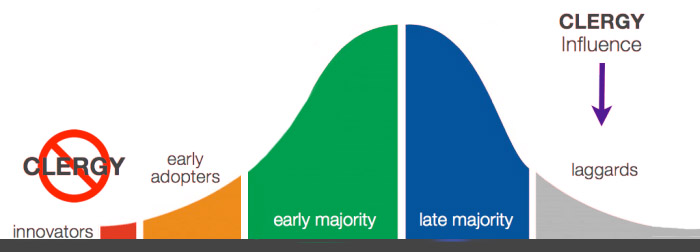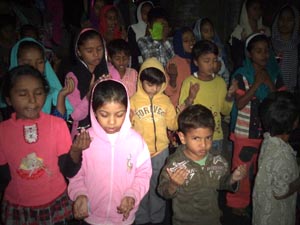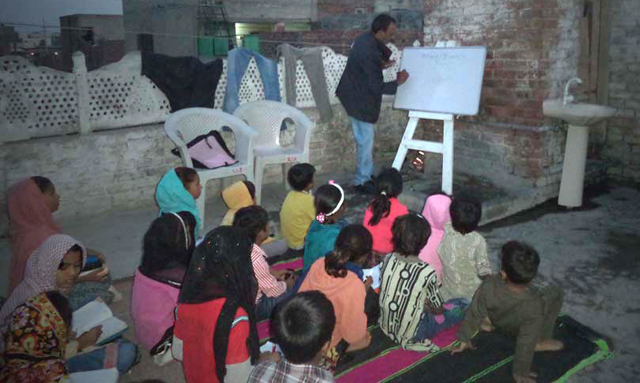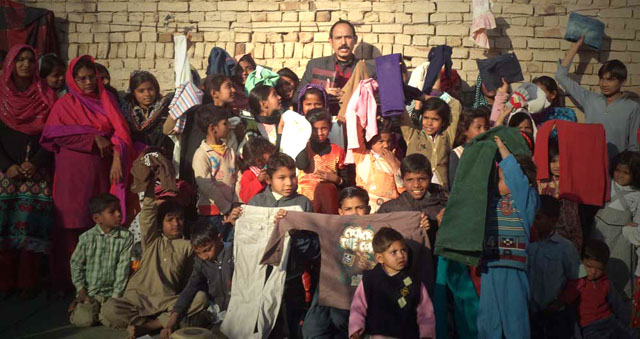 2×2 Relief Boxes Reach Pakistan
2×2 Relief Boxes Reach Pakistan
The story of Redeemer, 2×2 and the Church in Pakistan is remarkable.
Church leaders told us we were too small to fulfill a mission purpose. They were wrong. Small churches can contribute in big ways!
Even after church leaders took our building and our endowment funds, Redeemer kept on with our mission. We took it online.
The 2×2 website launched February 2, 2011. It wasn’t long before we were making mission friends all over the world. There are many amazing stories of mission collaboration that resulted. For now, we’ll focus on our friendship with the church in Pakistan.
2×2 was corresponding with church leaders in Pakistan for more than a year when terrorists bombs exploded killing hundreds of worshipers.
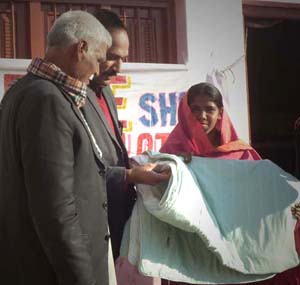 They asked us to send a study Bible. We did. It was a small investment to test the water. They never got it. We weren’t sure we would ever be able to help outside of our online friendship. Too expensive. Too risky.
They asked us to send a study Bible. We did. It was a small investment to test the water. They never got it. We weren’t sure we would ever be able to help outside of our online friendship. Too expensive. Too risky.
But then we saw the news of a church bombing in Pakistan featured ever so briefly on national media. We emailed asking if they were alright. The response came quickly. They were in hiding. There was no way of knowing if the violence had stopped. Many were killed (more than 200) and the injuries of those that survived were serious. They feared that Muslim hospitals would not provide adequate care to Christian patients. They were trying to care for serious injuries themselves. Many children were orphaned. They felt abandoned by the world.
Loyal Lutherans, we started to look for ways to help. We never voted to leave the ELCA, but the ELCA no longer recognized us. There was no one to call. SEPA Synod hadn’t returned our calls for years!
The ELCA divides the world and assigns each synod a region to support in mission. It is called the Companion Synod System. We checked the roster of companion synods with whom we might network. We learned the Middle East is largely overlooked. We looked up Lutheran World Relief. Their website showed no connection with Pakistan.
We asked Pakistani leaders what was needed. They were desperate for warm clothing for the children. They were preparing for a brutal winter.
 This would have been easy for Redeemer. Our church had lots of children. We would have had no problem collecting clothing. But our eviction, which forced the closing of a decades-old daycare center, had cost us access to families and hand-me-downs. We feared we could not help.
This would have been easy for Redeemer. Our church had lots of children. We would have had no problem collecting clothing. But our eviction, which forced the closing of a decades-old daycare center, had cost us access to families and hand-me-downs. We feared we could not help.
But we didn’t give up. We posted the need on our website. We got a few monetary donations and sent them to Pakistan. It took five trips to the bank to get the money transferred. It is difficult to wire money to Pakistan, the bank told us. But they did get what we sent this time!
We wanted to do more. There was practically no interest among western Christians about this horrific attack on people of our faith!
A subscriber to 2×2 called one day. I mentioned the need for clothing. She took the ball and ran.
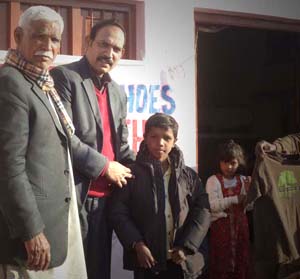 Keep in in mind that the fabricated reason for closing Redeemer was that our congregation was scattered and diminished. This was not true, but what happened next is proof that even if it were true, that phrase, so easily bandied about by professional church leaders, is no longer a valid way to measure ministry.
Keep in in mind that the fabricated reason for closing Redeemer was that our congregation was scattered and diminished. This was not true, but what happened next is proof that even if it were true, that phrase, so easily bandied about by professional church leaders, is no longer a valid way to measure ministry.
The 2×2 readers who went to work collecting clothing were in Michigan. Here in Philadelphia, we collected money.
Michigan 2×2 soon reported that they had filled an SUV with clothing.
They sorted, laundered and packed three large boxes of clothing and blankets. The next hurdle—shipping.
 Commercial shippers wanted $1500 to ship 62 pounds of clothing. We didn’t have $1500. We feared that all our work was for nothing. We shared our problems with the Pakistanis. “If we had $1500, we could buy the clothes we need,” they said.
Commercial shippers wanted $1500 to ship 62 pounds of clothing. We didn’t have $1500. We feared that all our work was for nothing. We shared our problems with the Pakistanis. “If we had $1500, we could buy the clothes we need,” they said.
But Michigan 2x2ers didn’t give up. They are close to Detroit. One of their business connections ships auto parts all over the world. They agreed to send our boxes. They wanted just $300. The money collected in Philadelphia would cover it!
 The boxes shipped shortly after Thanksgiving. They arrived in Pakistan the day before Christmas.
The boxes shipped shortly after Thanksgiving. They arrived in Pakistan the day before Christmas.
 Pakistani leaders documented the distribution with many pictures. Here are a few photos of the children receiving their warm winter clothing and blankets.
Pakistani leaders documented the distribution with many pictures. Here are a few photos of the children receiving their warm winter clothing and blankets.
There are a few lessons to be learned from our experience.
- Even the smallest churches can fulfill mission purposes.
- There is no need for small churches to depend solely on regional or churchwide entities to do mission for them.
- The strength of the church as we move into the connected age will be in the networks each congregation builds. This can be done on a shoestring budget. Amazing things can be done without hierarchical oversight.
- The networks built need not be constrained by geography.
- The gratification and sense of accomplishment of doing mission directly is greater and has more potential for involving lay people in hands-on ways than the current system.
By the way, the region of the world that is assigned to SEPA under the ELCA Companion Synod System is Tanzania. Irony! While SEPA supports the church in Tanzania, SEPA evicted a congregation of mostly Tanzanian immigrants and cut them off from participation in their church here in the United States. One SEPA argument was that to reach out to East Africa immigrants, Redeemer had to first accept mission status. We knew that meant giving up property rights. It is a greedy strategy devised to make all properties owned for decades or even centuries by neighborhood congregations the property of the synod. The new populations of urban neighborhoods are seen as incapable of administering their own Christian community. If this sounds like it might be racist, make no mistake—it is. It is subtly returning to a dependency system that America worked hard to break away from.
We’ll share other amazing stories of international ministry resulting from our website in our annual report. It’s that time year!

